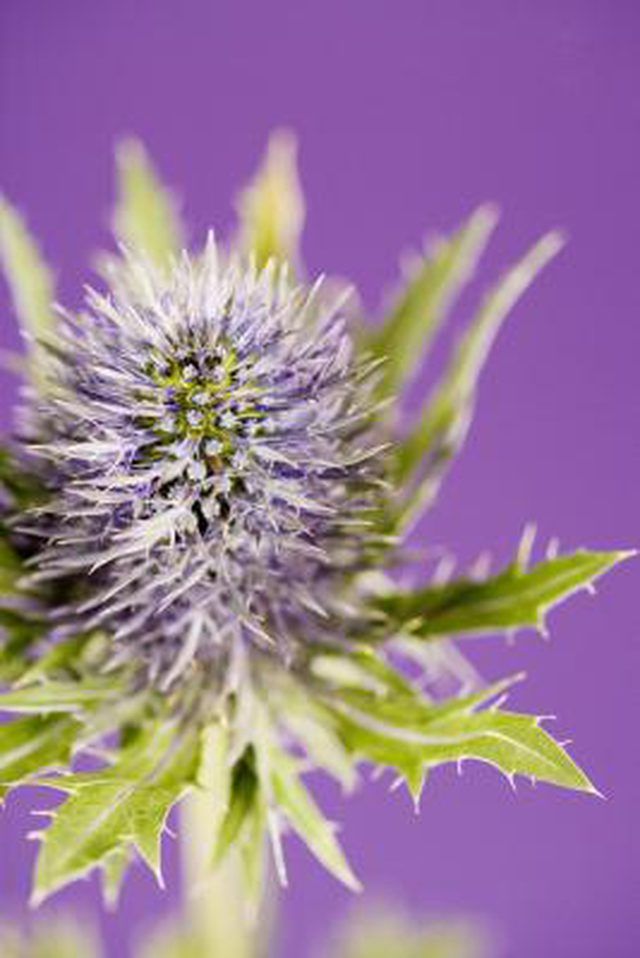Bulbs
Flower Basics
Flower Beds & Specialty Gardens
Flower Garden
Garden Furniture
Garden Gnomes
Garden Seeds
Garden Sheds
Garden Statues
Garden Tools & Supplies
Gardening Basics
Green & Organic
Groundcovers & Vines
Growing Annuals
Growing Basil
Growing Beans
Growing Berries
Growing Blueberries
Growing Cactus
Growing Corn
Growing Cotton
Growing Edibles
Growing Flowers
Growing Garlic
Growing Grapes
Growing Grass
Growing Herbs
Growing Jasmine
Growing Mint
Growing Mushrooms
Orchids
Growing Peanuts
Growing Perennials
Growing Plants
Growing Rosemary
Growing Roses
Growing Strawberries
Growing Sunflowers
Growing Thyme
Growing Tomatoes
Growing Tulips
Growing Vegetables
Herb Basics
Herb Garden
Indoor Growing
Landscaping Basics
Landscaping Patios
Landscaping Plants
Landscaping Shrubs
Landscaping Trees
Landscaping Walks & Pathways
Lawn Basics
Lawn Maintenance
Lawn Mowers
Lawn Ornaments
Lawn Planting
Lawn Tools
Outdoor Growing
Overall Landscape Planning
Pests, Weeds & Problems
Plant Basics
Rock Garden
Rose Garden
Shrubs
Soil
Specialty Gardens
Trees
Vegetable Garden
Yard Maintenance
Using Bleach and Vinegar to Kill Thistles
Using Bleach and Vinegar to Kill Thistles. Thistles, such as Canadian thistles (Cirsium arvense), hardy in U.S. Department of Agriculture plant hardiness zones 2 through 8, are perennials that can become pesky weeds. Although traditional herbicides might be your best bet to get rid of thistles, you might prefer a home remedy, such as bleach or...

Thistles, such as Canadian thistles (Cirsium arvense), hardy in U.S. Department of Agriculture plant hardiness zones 2 through 8, are perennials that can become pesky weeds. Although traditional herbicides might be your best bet to get rid of thistles, you might prefer a home remedy, such as bleach or vinegar. Because thistles spread through seed and underground rhizomes, they can be difficult to kill. No matter the chosen method, reapplication is likely necessary to kill an established thistle colony.
Things You'll Need
Measuring cup
Pruning shears (optional)
Spray bottle
Boxes or cardboard (optional)
Banishing with Bleach
Measure 1/2 cup of undiluted bleach for each thistle plant. This amount of bleach helps ensure that it reaches the thistle's roots.
Pour 1/2 cup of bleach around the base of each thistle plant. This will be most effective when the thistle is actively growing from spring until fall. Also, rain should not be expected for at least one day.
Cut back or pull the thistle from the ground once it dies back. Reapply the bleach if the thistle continues to grow or resprouts.
Vanishing with Vinegar
Pour vinegar into a spray bottle. A concentrated solution that contains 10 to 20 percent acetic acid is much more effective than standard household vinegar, especially against older, established thistles.
Cover nearby plants with boxes or shield them with cardboard so you do not overspray the vinegar onto desired plants. The vinegar can harm or kill them as well.
Spray the vinegar directly on the foliage and stems of the thistle plants. Perform this task on a calm day when the thistle is actively growing from spring until fall, and when rain is not forecast for at least one day
Pull the thistle from the ground or cut it back once it dies. Respray the thistle with the vinegar if it resprouts or continues to grow.
Tips & Warnings
Flush the soil with at least 2 inches of water to help send the bleach or vinegar deeper into the soil so you can try to grow other plants, if desired.
Bleach is effective in killing thistles, but it raises the pH level of the soil so high that it might be difficult to grow plants in the same location afterward. Bleach is also not a good choice if the thistle is growing next to desired plants.